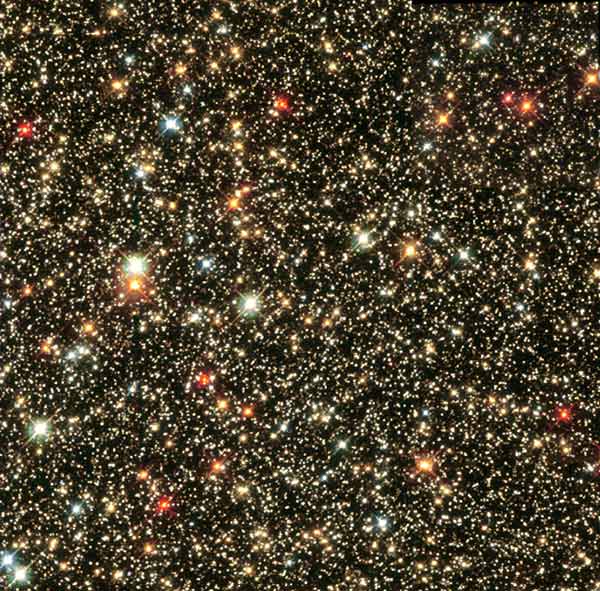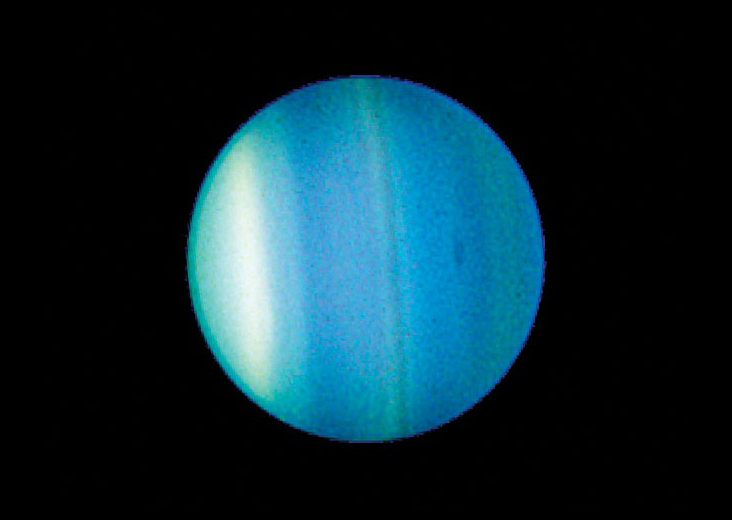
Photo Credit
NASA
More Like This
St. Charles Co. Parks has an astronomy observing area open 24/7/365 at Broemmelsiek Park 4 Miles ENE New Melle MO 38.72N 90.82W. DD to Schwede, park entrance nearest Schwede&Wilson. Friday nights, weather permitting, Astronomical Society of Eastern Missouri holds open houses where members bring telescopes and share with the public beginning at dark and usually over by 22:00:0. On a clear night with no moon the Milky Way is visible from this site. People are welcome to bring their own telescopes and may get advice on their profitable use from experienced observers some of whom are professional educators in this area-of-interest. The area is always open to anyone for astronomy use any night. Cement pads are provided and have eletric services on cement piers for accessories such as dew heaters or stationary power supplies for scopes with clock drives or GoTo type mounts.
Green is my favorite color and I try to surround myself with it...Oddly, I have always thought Venus looked green to me. I used to live in Alaska and green was definitely the most commom color of the aurora; however, I must admit I most enjoyed the reds purples and blues :).
do you know of anyone near Bryan, Ohio that would be willing to come to my house and show me how to set up my Telescope my Son gave me for Christmas? I am truly sincere in my request and would be so very grateful for any help that could be given. Thank You
What model telescope is it?
In the 1950's most of the school rooms were painted greens, supposedly to help the children learn and keep them focused and calm. Look at the difference between the kids then and now. Maybe they had something.
Very interesting! I didn't know that. Of course, we could all wear emerald glasses like in Oz.
I read that Zubeneschamali is the only green star but some people disagree. What do you think?
Chris, your letter triggers such wonderful memories for me! As a teenager, I remembering reading a book listing a few stars (like the one in Libra you mentioned) as being green. I felt like a failure that they merely looked white to me. Turns out, they ARE white and those old authors were soon discredited. Best guess is that some observers first looked at a nearby reddish star (like Antares)and when they then quickly turned to observe a white one, their eyes projected the after-image, which is the complementary color!
Great article Bob! I think some people perceive some stars as green. Sometimes I've heard the visual double Albireo described as a yellow-green double. Albireo beta is spectroscopic blue, but nearness to the its visual double causes some people (even occasionally myself) to see it as green.
- « Previous
- 1
- 2
- …
- 10
- Next »



.jpg)









Comments